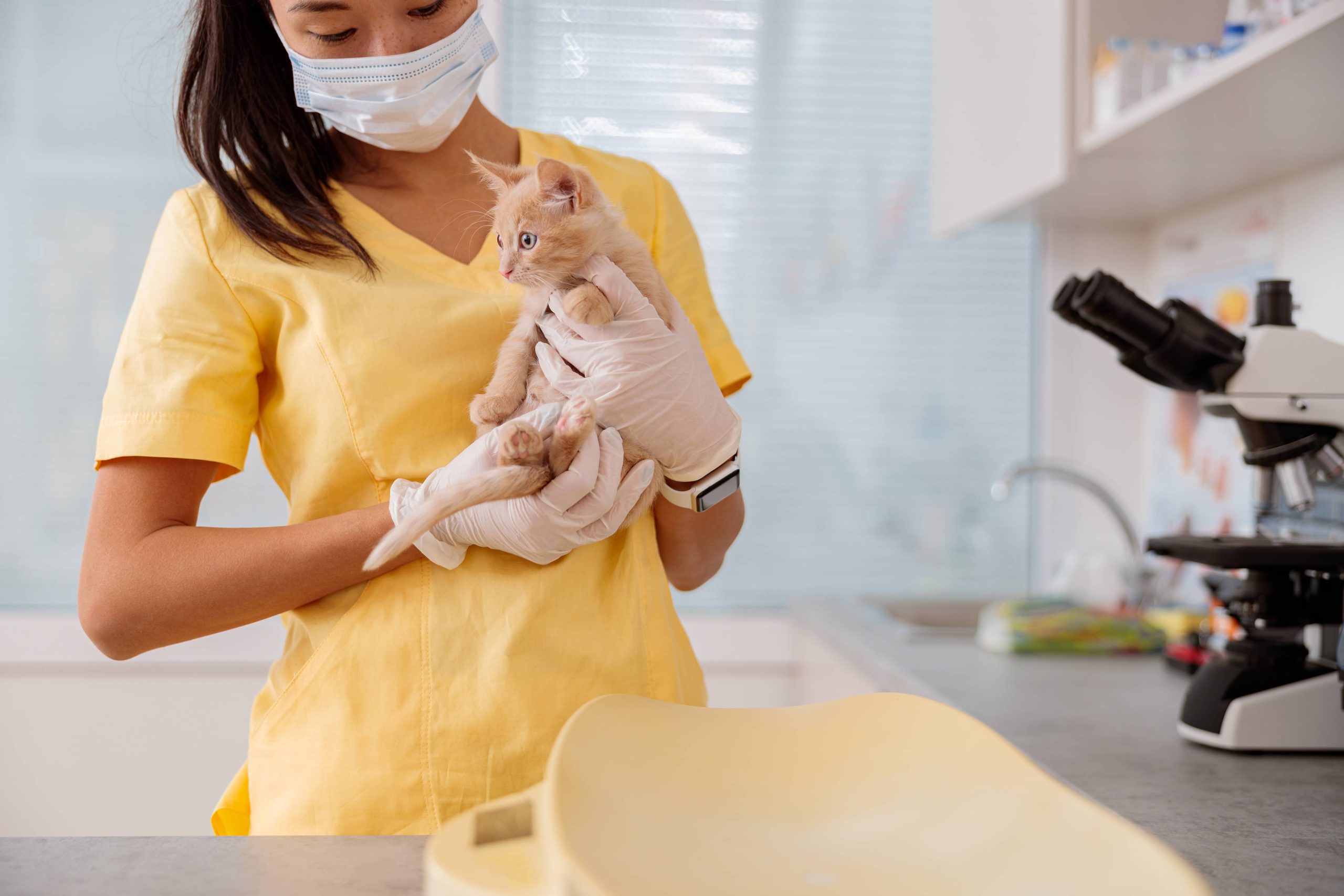
As pet owners, we cherish the companionship and unconditional love our pets provide. However, part of the responsibility includes understanding the aging process of our beloved pets. Just as humans age, so do our pets, though their life expectancy and signs of aging can differ significantly based on species, breed, and individual health factors. Understanding the science behind pet aging can help us provide the best care possible throughout their lives, ensuring they remain healthy and happy companions for as long as possible.
The Cellular Basis of Aging
Aging, both in humans and pets, is fundamentally a cellular process. At the cellular level, one key factor in aging is the gradual decline in the efficiency of cellular repair mechanisms.
Cells continually undergo damage from various sources, including environmental toxins and metabolic byproducts. Normally, repair mechanisms fix this damage. However, as pets age, these mechanisms start to falter and become less effective. This inefficiency leads to the accumulation of damaged cells, which in turn affects the tissues and organs, impairing their function.
Another critical factor is the shortening of telomeres. Telomeres are protective caps at the end of chromosomes that protect them from deterioration. Each time a cell divides, telomeres become slightly shorter. Over time, they become too short to protect the chromosomes, leading to cell death or malfunction. This process is a significant contributor to aging.
Genetic Influences on Pet Lifespan
Genetics play a crucial role in determining the lifespan and aging process of pets. Different species and breeds have varying genetic makeups that influence their longevity. For example, dogs tend to have widely varying lifespans depending on their breed. Smaller breeds like Chihuahuas often live longer (up to 15 years or more) compared to larger breeds like Great Danes, which typically live around 7 to 10 years. Cats generally have a more consistent lifespan, often living between 12 to 16 years, but some can reach their early 20s with proper care.
Specific genetic mutations can also lead to age-related diseases. For example, certain dog breeds are more prone to genetic disorders like hip dysplasia, heart disease, and certain types of cancer. Identifying these genetic predispositions early through genetic testing can be useful for pet owners and veterinarians to tailor preventative health care measures.
Environmental and Lifestyle Factors
Beyond genetics, a pet’s environment and lifestyle significantly influence their aging process. Diet is one of the most critical factors. Proper nutrition supports overall health and can prevent many age-related diseases. Conversely, poor diet can lead to obesity, heart disease, diabetes, and a shortened lifespan.
Exercise is equally important. Regular physical activity helps maintain a healthy weight, encourages good muscle tone, and promotes mental well-being. Mental stimulation is vital too. Just like humans, pets need mental challenges to keep their brains healthy. Interactive toys, training sessions, and exposure to new environments can help keep them mentally sharp.
Preventative health care, including regular veterinary check-ups, vaccinations, and dental care, plays an essential role in ensuring pets age healthily. Early detection of potential health issues can significantly improve the effectiveness of treatment and slow the progression of certain diseases.
Species-Specific Aging
Different species exhibit unique aging characteristics. For example, dogs age more rapidly than humans due to their higher metabolic rates. This is why a one-year-old dog is often considered to be equivalent to a 7-year-old human child, though this “dog years” calculation can vary based on breed and size.
Cats, in comparison, follow a slightly different pattern. Their aging process is somewhat more gradual. Around the age of 10, they start entering their senior years. However, many cats maintain a playful and active lifestyle well into their teens with proper care.
Exotic pets, such as birds, reptiles, and rodents, each have their own aging processes. Birds like parrots can live for several decades, potentially outliving their owners. Smaller rodents like hamsters or mice have much shorter lifespans, averaging 2 to 3 years. Understanding the specific aging processes for each pet type is crucial for providing appropriate care throughout their lives.
The Role of Veterinary Medicine
Advancements in veterinary medicine have significantly improved our ability to care for aging pets. Modern diagnostics, treatments, and surgical techniques can address many age-related conditions that were once considered untreatable.
For instance, veterinary care now includes sophisticated imaging techniques like MRIs and CT scans, which help diagnose issues that are not apparent through physical exams alone. Innovations in veterinary therapeutics have led to the development of specialized diets, supplements, and medications tailored specifically to the needs of aging pets.
Veterinary professionals advocate for wellness programs designed to monitor and manage the common changes that occur with aging. Regular blood work can detect early signs of organ dysfunction, allowing interventions that can prolong and improve the quality of life.
Emotional and Psychological Aspects
Beyond the physical aspects, aging also affects pets emotionally and psychologically. Just like humans, pets can experience changes in behavior and cognition as they age. They may become less active or show signs of separation anxiety or cognitive dysfunction, similar to dementia in humans.
Pet owners should be attentive to these changes and consult with their veterinarians to manage them effectively. Providing a stable, loving environment, coupled with patience and understanding, can help mitigate the anxiety and confusion that often accompanies aging.
Conclusion
Understanding the scientific explanation of pet aging allows us to appreciate the complexity and beauty of their life cycles. As our pets age, they rely on us more than ever to provide them with the care and love they need. By recognizing the genetic, environmental, and medical factors that influence aging, we can ensure that our pets live longer, healthier, and happier lives.
Embracing the scientific insights into pet aging empowers us to make informed decisions, ultimately enriching the lives of our furry, feathered, and scaled companions. Therefore, let us commit to being vigilant, compassionate, and knowledgeable pet owners as our beloved animals journey through their golden years.






